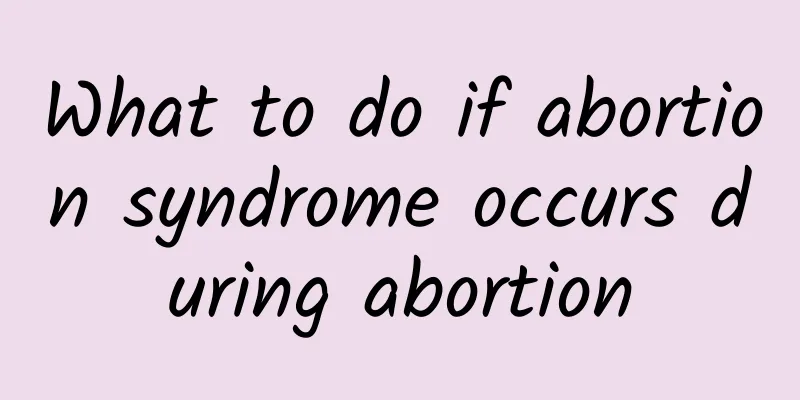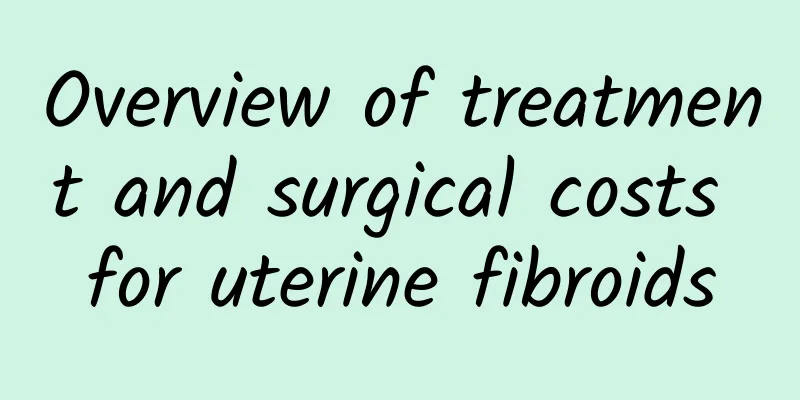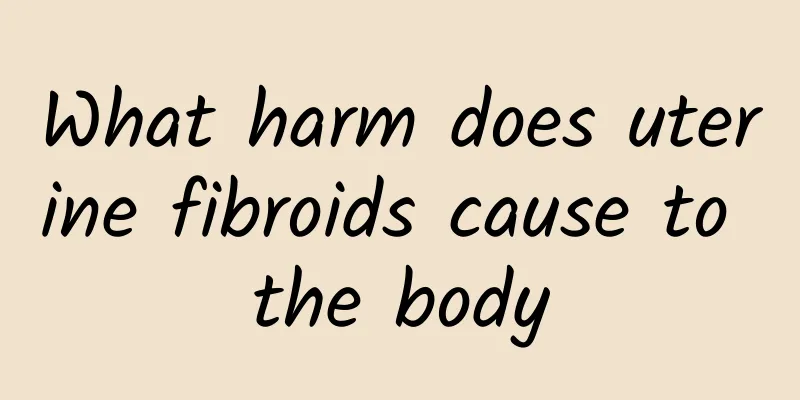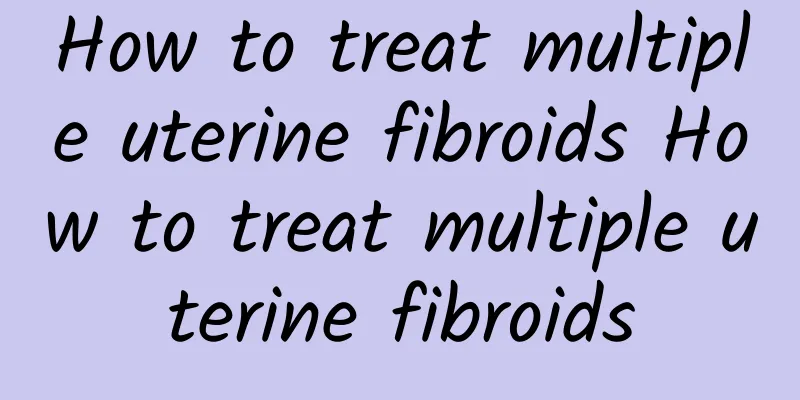Is minimally invasive treatment good for cervical erosion? These methods are also very effective in treating cervical erosion.
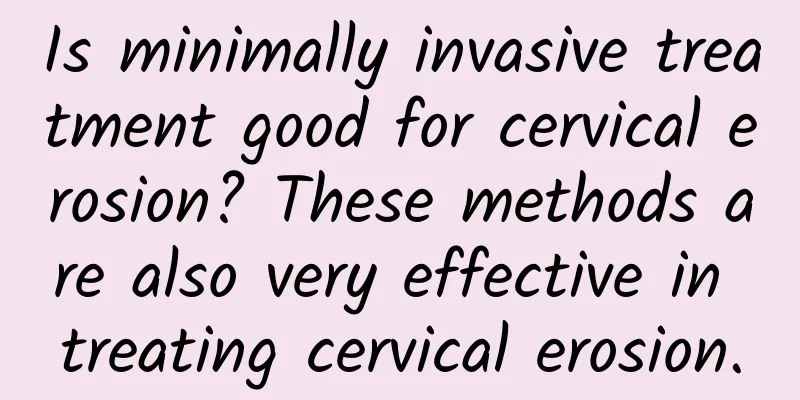
|
Gynecological diseases have always been a pain for women, and most women don't know that they have actually been infected with gynecological diseases. Because the symptoms of gynecological diseases are not so obvious, some may have abnormal vaginal discharge or some soreness in the waist. In the past two years, there have been more and more patients with cervical erosion. Generally, most of them are found to be third-degree erosion. So is minimally invasive treatment good for cervical erosion? What are the symptoms of cervical erosion? Cervical erosion is a common manifestation of chronic cervicitis. Due to long-term chronic inflammation, the original squamous epithelium on the surface of the cervix falls off and is covered by the proliferation of columnar epithelium in the cervical canal, with a red granular appearance. Due to different degrees of inflammatory stimulation, the columnar epithelium of the cervical mucosa grows slowly, the epithelium is flat, and the surface is smooth, which is simple erosion; the columnar epithelium grows quickly, and when glandular hyperplasia is formed, it is adenoid erosion. If the glands are dilated, it can be follicular erosion, accompanied by stromal hyperplasia, forming small protrusions, and unevenly covered with columnar epithelium, forming papillary erosion. Cervical erosion is the most common local feature of chronic metritis. Due to the infiltration of inflammatory secretions, the squamous epithelium of the cervix falls off and is replaced by the columnar epithelium of the cervical canal, which manifests as cervical erosion. Clinically, cervical erosion is divided into grades I, II and III according to the size of the cervical erosion area. The main symptoms are: increased leucorrhea, itchy and painful vulva, pain in the lower abdomen and lumbosacral region, frequent urination or difficulty urinating, and infertility. What methods are better for treating cervical erosion? Is minimally invasive treatment of cervical erosion good? For the disease of cervical erosion, we must first have a correct understanding. Cervical erosion is a common cervical gynecological disease. It does not exist independently. There are many causes of the disease, and it is very complicated to treat. It has a serious impact on women's work and life. Although there are many methods for treating cervical erosion, the effects vary. How about minimally invasive treatment? Which methods are better? 1. Drug treatment - This method is generally more suitable for patients with smaller erosion area and shallower inflammatory infiltration. 2. Physical therapy - Physical therapy is a treatment method that is currently used more frequently, and it has the advantages of short treatment course and good efficacy. It is more suitable for patients with larger cervical erosion area and deeper inflammatory infiltration. Commonly used methods include electric ironing, laser therapy, and cryotherapy. Experts recommend that patients with cervical erosion who have not given birth should not receive physical therapy, because if the treatment is too deep, permanent scars will be left, and it may also lead to the closure of the secretory glands, which in turn changes the cervical mucus and cause infertility; or cause the cervical dilation to be hindered during childbirth. If the clinical symptoms are not very obvious, the patient can choose not to receive treatment and consider it after childbirth. 3. For patients with moderate to severe cervical erosion, conservative treatment can be carried out with drugs first. After a period of conservative treatment, if the patient's cervical erosion is not under control, surgical treatment should be considered. Traditional surgical methods require hospitalization and scheduling, which is very troublesome. Nowadays, cervical erosion is treated with LEEP knife minimally invasive technology. |
>>: What are the causes of cervicitis? What are the hazards of cervicitis in women?
Recommend
Check for Clenbuterol! Hu Zhiqiang: We need to be more correct and transparent
On the 19th, the Taichung Municipal Government He...
What tests should be done for vaginitis
Most female friends have typical symptoms of vagi...
Painless abortion is very safe in modern times
Painless abortion is very safe in modern times, a...
Gynecological experts tell you: Things to note before abortion surgery
What to do in case of unexpected pregnancy? Have ...
Clinical features of senile vaginitis
Senile vaginitis is caused by ovarian function de...
Gain muscle, reduce fat and lose weight! Fitness experts teach you how to get rid of fat and get big thighs
If you want to lose weight successfully, eating l...
What are the early symptoms of pelvic peritonitis?
In daily life, many people around us are prone to...
The symptoms of vulvar leukoplakia are present on both labia majora and minora
The symptoms of vulvar leukoplakia are manifested...
Will cervical precancerous lesions recur?
Cervical precancerous lesions are a relatively co...
Symptoms of Trichomonas vaginitis
Vaginitis is a vaginal inflammation caused by pat...
What should I do if I have stomach pain after abortion?
What should I do if I have stomach pain after abo...
How does habitual miscarriage occur? Knowing it early will benefit you sooner
Habitual miscarriage is indeed very disturbing fo...
Don't make these 4 mistakes when exercising: 3 keys to effective exercise
In recent years, the number of people in Taiwan w...
Coconut water is not only refreshing, but also thirst-quenching. Here are 10 unexpected benefits of coconut water you must know!
As the temperature keeps rising in the summer, a ...
Can’t lose weight? Beware of bone crookedness affecting body shape
Incorrect sitting posture will make your bones mo...
